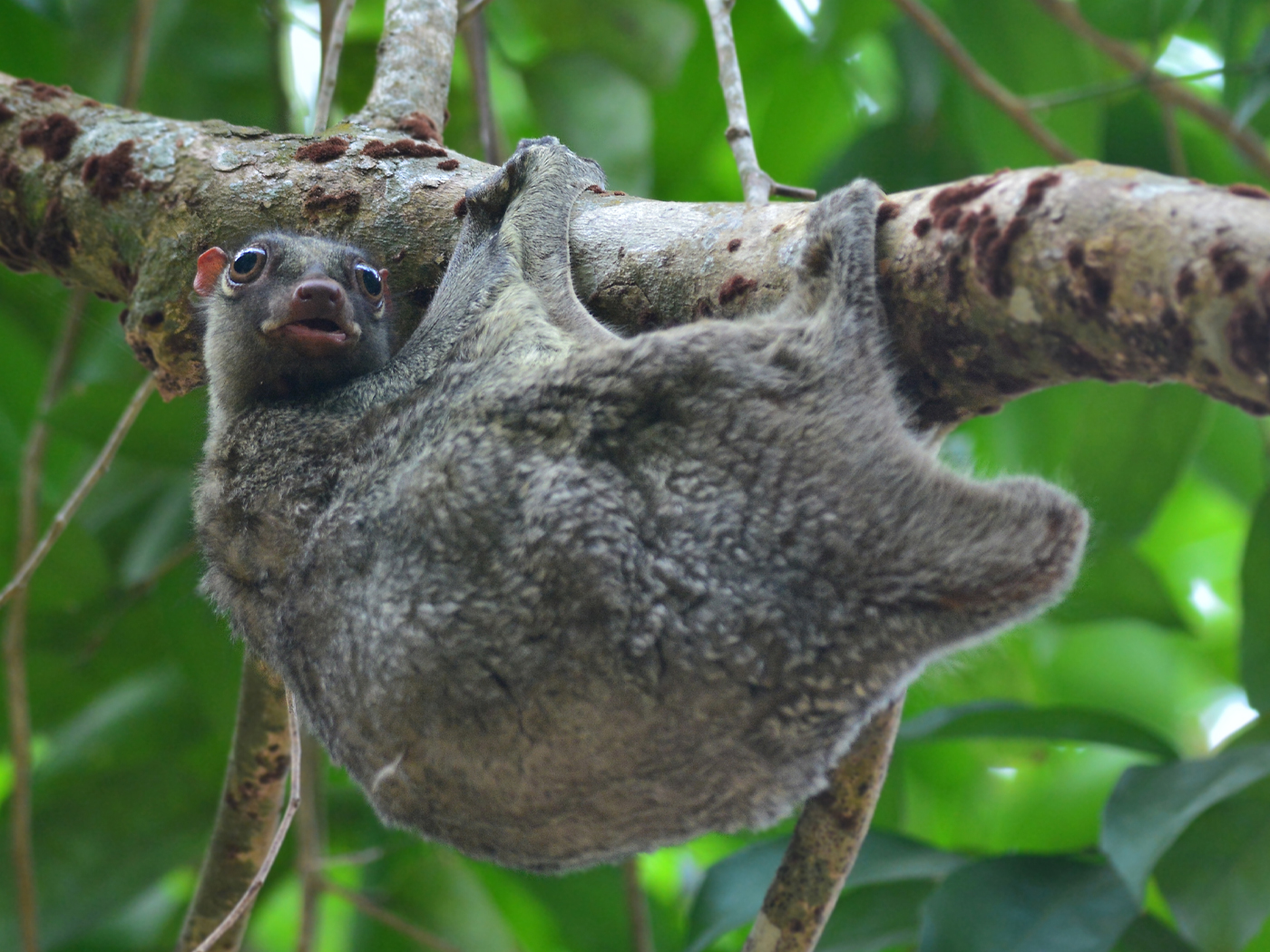The lowly milkweed has presented a challenge to the evolutionary assumption that life forms become ever more complex in response to environmental pressures. Cornell associate professor of ecology Anurag Agrawal has presented research in the current issue of the Proceedings of the National Academy of Sciences1 that shows that milkweeds are shifting from the development of new sophisticated defense mechanisms to simply trying to re-grow leaf tissue faster than it is eaten by insects.
Monarch butterfly caterpillars can eat any of the 2,400 species of the milkweed plant and no other food.2 This is despite the fact that milkweeds have an array of defensive structures, including fine hairs, toxins that specifically attack insect hearts, and sticky white sap that gums up insect mouthparts. Monarch caterpillars have precise countermeasures. They are immune to the heart toxin and circumvent the gummy fluid problem by first severing the sap-supplying leaf vein near the stem, before feasting on the leaf, starting at its tip.
These defensive measures and countermeasures are often assumed to have evolved in conjunction with each other, and since they are often species-specific and intricate, the term “co-evolution” is applied. In theory, these elaborate mechanisms evolved together in competition sheerly from a need to adapt to the pressure applied by the other species. In his milkweed study, however, Agrawal was surprised “to find the plant became more tolerant rather than more diverse in its defenses.”3
The indication that milkweeds are not becoming more diverse in their defenses may indicate that they are not currently evolving. In fact, they may not have evolved in the first place. If the fully-formed defensive structures of the milkweed—including its ability to grow tissue faster than it can be eaten—and the innate coping behaviors of monarch caterpillars were created, then there should be no surprise at their balanced co-existence.
References
- Agrawal, A. and M. Fishbein. 2008. Phylogenetic escalation and decline of plant defense strategies. Proceedings of the National Academy of Sciences. 105 (29): 10057-10060.
- Poirer, J. H. 1995. From Darkness to Light to Flight. El Cajon, CA: Institute for Creation Research, 7.
- Ramanujan, K. Milkweed's evolutionary approach to caterpillars: Counter appetite with fast repair. Chronicle Online. Posted on Cornell University website July 21, 2008, accessed July 24, 2008.
* Mr. Thomas is Science Writer.
Article posted on July 29, 2008.


















